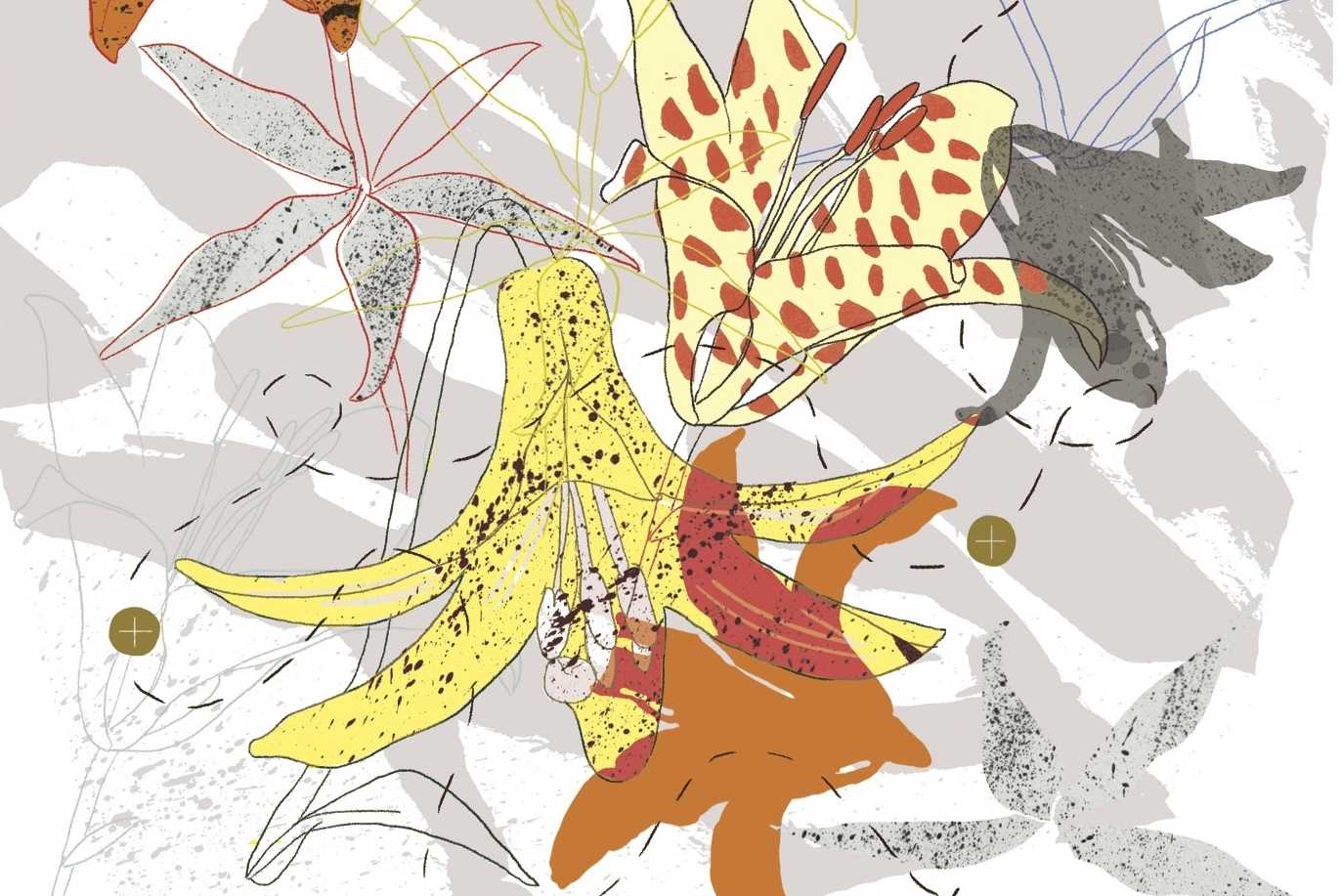Shauna: “An example of that would be in the Renaissance period; there were tulips that used to be multi-coloured. They were red with white splashes in them, and they were all the rage for many years. Then they found out this was actually a virus causing problems with the tulips. That was called tulip-breaking virus, and there are similar viruses that can affect lilies. You’ll have a lily, half of it will be red, half of it will be yellow, or it will have streaks in it. And that’s a virus. And the virus can attack the plant and actually kill it.”
Shauna: “You need to plant in the fall. They need some time to set their roots before the winter.”
Shauna: “In temperate climates around the world, there are lilies growing. There are wild lilies in Asia and in Europe. From England in the 1800s, they had people going out on expeditions to China to look for lilies, to discover new plants. They came upon sights they’d never seen before.”
Terry: “What all these explorers were looking for were plants that grew at higher elevations. To get hardier plants for European gardens they had to find them in the temperate zones, not the tropical zones.”
Shauna: “In England, they’d bring the stuff back and half of it would die off because it was too wet.”
Terry: “To be a (judging) apprentice you have to judge at three shows, one of which has to be a national show – a sanctioned North American Lily Society Show.”
Shauna: “It’s just like a dog show, except that you’re judging inanimate objects that are standing, waiting to be judged. Nothing is going to bite you.”
Terry: “There is a point scale. The number-one thing is condition, then vigour, placement, substance of flowers, form of flowers and then colour of flowers.”
Like this content? Get more delivered right to your inbox with Ed. Home & Style
Discover the cool things we’re obsessing over.
